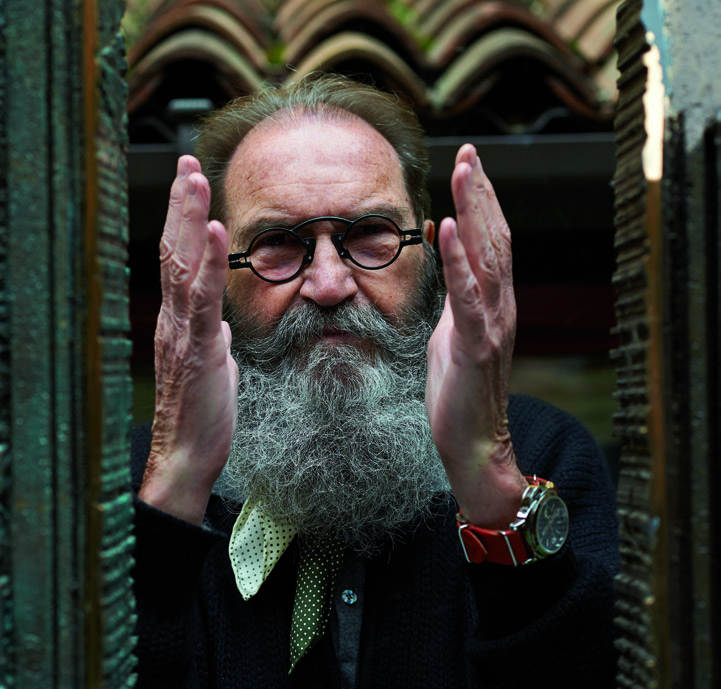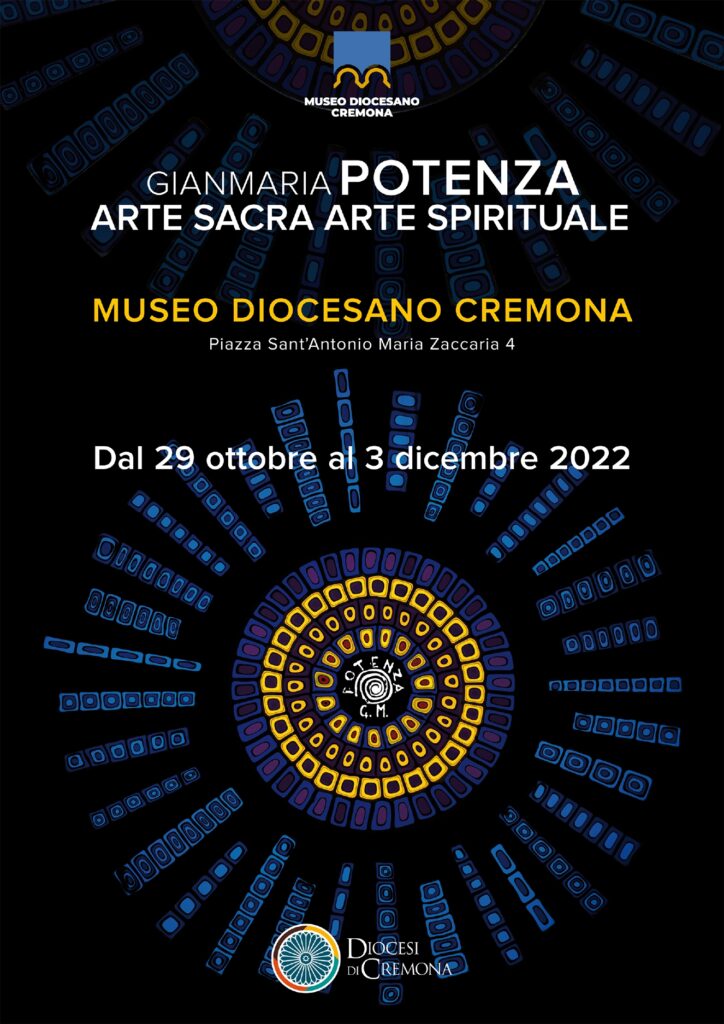Cremona – Appointment at Diocesan Museum with the exhibition “Sacred Art Spiritual Art” with the works of master Gianmaria Potenza, artist, sculptor and designer, author of the new sacred furnishings of the Cremona Cathedral made as part of the liturgical adaptation of the presbytery, which will be officially unveiled on November 6 on the occasion of the dedication Mass of the new altar.
With this exhibition, which anticipates the inauguration of the new sacred furnishings by a week, the Diocese of Cremona presents the artist to its community.
The exhibition, in fact, investigates the art of the master Potenza with a particular focus on the element of spirituality that transpires from his works, which does not only concern purely religious subjects, but the style of his research and artistic production in its entirety.
On display, according to a chronological order, will be the works of sacred art created by Gianmaria Potenza from the 1960s to today. Numerous testimonies from the Potenza Archive, including photographs, sketches and models, will show the extraordinary wealth of materials, variety of techniques and imagination of the subjects represented. Some bronze sculptures, polycombustions and hand-made papers will complete and enrich the visit experience.
The red thread that ideally connects the works on display will be the search for a “spiritual” dimension, which can be investigated in various elements of his art, including the creative process, the imagination and playfulness of his works, as well as the historical legacy. and cultural heritage of Venice, which the works are able to narrate and transmit.
«I accepted with great enthusiasm the invitation of the Bishop and the Diocese to present my works in the beautiful rooms of the Diocesan Museum – comments the artist -. It was also a moment for me to retrace and remember some stages of my career with emotion and pride. I hope this exhibition leaves something to this place and its visitors, especially the spirit with which I designed the new sacred furnishings of the Cathedral ».

Gianmaria Potenza (Venice 1936) is an artist, sculptor and designer. He lives and works in the artists’ area of San Trovaso, in the heart of Venice, where in the 1950s, still a student of the Art Institute, he opened his studio.
In this place, techniques and know-how of the Venetian tradition are jealously preserved, skilfully targeted in contemporary artistic practices.
His career as an artist began very early, in the 1950s, when he was invited to exhibit first at the Bevilacqua La Masa Foundation in Venice and, a few years later, at the Venice Biennale, in which he will also participate in 1958, 1960, 1966, 1968, 1986, 1995 and 2009.
The 1986 Biennale, the edition in which he exhibited the floating sculpture “Ninfea Armonica”, also marks the beginning of the great exhibitions abroad, from Istanbul to New York, from Hong Kong to St. Petersburg.
However, it is thanks to large private clients that it succeeds in establishing itself. Numerous requests come from large industrialists, banks, hotels, churches and, starting from the 1980s, also from large naval groups.
His works of art are exhibited in the squares of numerous Italian cities and in the headquarters of important public institutions, including a bronze sculpture for the Erarta Museum in St. Petersburg (2013) and the impressive work for the Scuola dei Carabinieri in Florence. (2018). Even the most passionate collectors contribute to bringing his works to the world, such as the sculptures at Aventura City Hall in Florida and Tulane University (New Orleans).
Gianmaria Potenza was also an entrepreneur. In 1968 he founded the La Murrina glassworks which, although it sold just eight years later, is certainly an experience of great importance for the Murano landscape of the time, because it was able to bring the concept of design and brand recognition into a context still very conservative.
Today, Gianmaria Potenza creates his own sculptures with the same curiosity and desire to experiment with new materials and new techniques: from mosaic to bronze, from handmade paper to steel, from resins to polystyrene, from industrial glass to marble and wood.
His signature is synonymous with a unique and unmistakable art: intrinsically linked to Venice, to the reflections and lights of its lagoon as well as to its traditions, it communicates joy, playfulness and the search for beauty.

